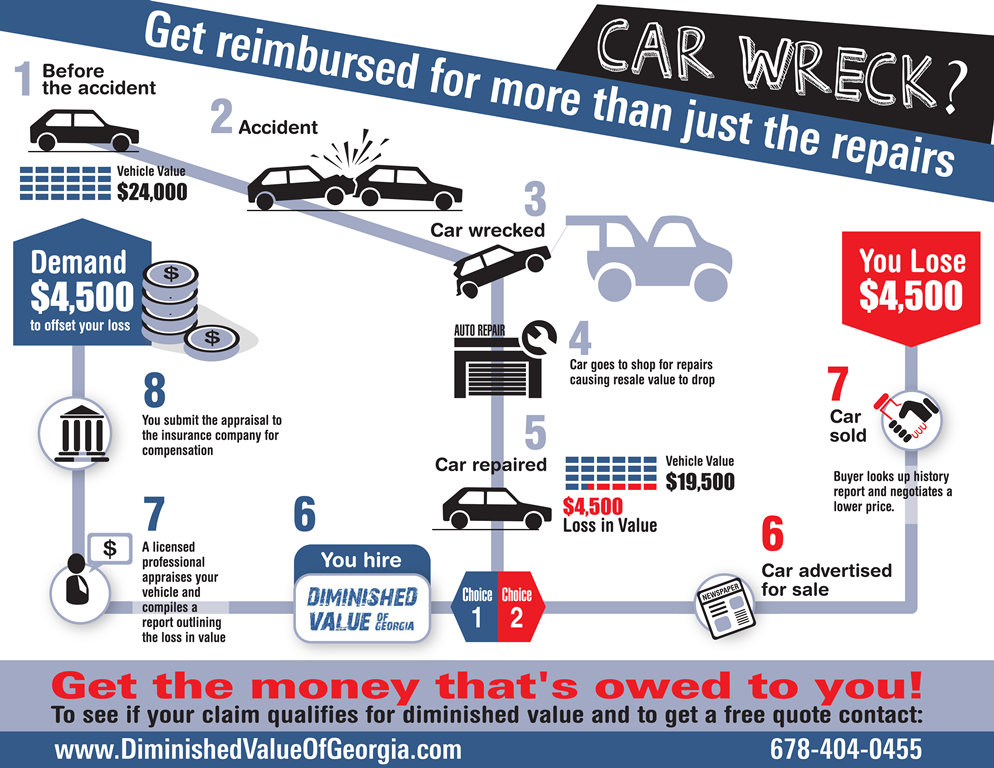Seeking Clarity On The Caution Lights Showed On Your Auto'S Control Panel? Learn Just How They Connect To Your Automobile'S Health And Safety
Seeking Clarity On The Caution Lights Showed On Your Auto'S Control Panel? Learn Just How They Connect To Your Automobile'S Health And Safety
Blog Article
Write-Up Created By-Sykes Dalgaard
When you're behind the wheel, those glowing caution lights on your dashboard can be a bit puzzling. Do you know what they're trying to tell you concerning your automobile's health? Understanding the significance of these lights is essential for your security and the durability of your car. So, the following time among those lights appears, wouldn't you want to analyze its message accurately and take the necessary steps to address it?
Common Warning Lighting and Interpretations
Identify typical caution lights in your auto and recognize their significances to ensure risk-free driving.
buffing cars near me of the most normal warning lights include the check engine light, which signals issues with the engine or discharges system. If this light begins, it's important to have your vehicle inspected promptly.
The oil stress cautioning light shows low oil stress, calling for prompt focus to avoid engine damages.
A blinking battery light might suggest a malfunctioning billing system, possibly leaving you stranded if not dealt with.
The tire pressure surveillance system (TPMS) light signals you to reduced tire pressure, influencing lorry stability and gas efficiency. Overlooking this might result in harmful driving problems.
The abdominal muscle light suggests a problem with the anti-lock braking system, compromising your ability to stop rapidly in emergencies.
Finally, the coolant temperature advising light warns of engine overheating, which can lead to serious damages if not solved quickly.
Comprehending these usual warning lights will certainly help you address concerns promptly and preserve safe driving problems.
Significance of Prompt Focus
Understanding the usual caution lights in your cars and truck is only the primary step; the relevance of promptly dealing with these cautions can't be stressed sufficient to ensure your safety and security when traveling.
When a warning light illuminates on your control panel, it's your auto's way of connecting a prospective issue that needs interest. Neglecting these cautions can result in more serious problems in the future, jeopardizing your security and possibly costing you much more in repairs.
Trigger interest to cautioning lights can stop failures and crashes. For instance, a blinking check engine light could show a misfire that, if left unattended, could cause damages to the catalytic converter. Resolving this promptly can save you from a costly repair service.
Similarly, a brake system alerting light may indicate reduced brake liquid or used brake pads, critical elements for your safety and security when driving.
DIY Troubleshooting Tips
If you notice a warning light on your control panel, there are a few DIY fixing pointers you can try before looking for expert assistance.
The initial step is to consult your cars and truck's guidebook to recognize what the details warning light suggests. Often the issue can be as easy as a loosened gas cap triggering the check engine light. Tightening up the gas cap may solve the problem.
One more typical concern is a low battery, which can cause various warning lights. Examining carvaleteastauckland for deterioration and guaranteeing they're safe and secure might take care of the trouble.
If a warning light lingers, you can try resetting it by detaching the car's battery for a couple of minutes and then reconnecting it. Furthermore, inspecting your lorry's fluid levels, such as oil, coolant, and brake liquid, can help troubleshoot cautioning lights related to these systems.
ceramiccoatingauckland , understanding your automobile's warning lights is essential for keeping your car running efficiently and safely. By promptly dealing with these alerts and recognizing what they imply, you can stay clear of expensive repairs and prospective malfunctions.
Keep in mind to consult your vehicle's guidebook for particular information on each warning light and act appropriately to ensure a hassle-free driving experience.
Stay educated, stay risk-free when driving!
